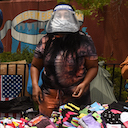
Street Vendors’ Long Road to Recovery
Recent policy changes in New York City promise to reduce police harassment of vendors, but they are struggling months into the pandemic.
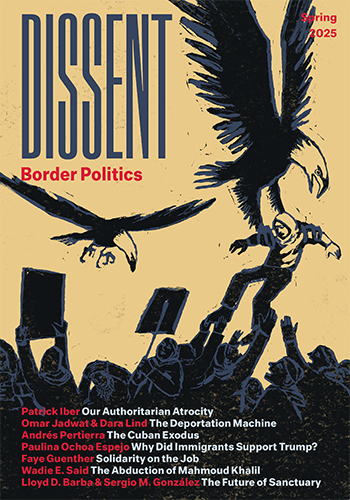

Recent policy changes in New York City promise to reduce police harassment of vendors, but they are struggling months into the pandemic.
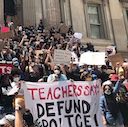
Organizers want to remove police from schools and replace them with counselors, social workers, and programs that create a nurturing and inclusive—rather than punitive—environment for students.

“Unfortunately, we see a lot of people getting sick and not receiving the proper medical care and resources that they need,” one farmworker said. “For the governor to continuously ignore us is incredibly irresponsible.”
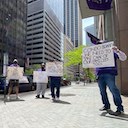
Workers at 75 Wall Street in New York are demanding management return to the bargaining table.
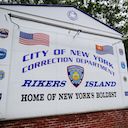
The survival of incarcerated people is dependent on slow-moving bureaucrats and the politically calculating whims of sadistic politicians.


The glowing praise for the redesigned MoMA’s embrace of diversity masks deeper historical problems.
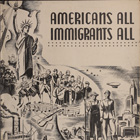
While nativists used economic depression and global conflict to stoke anti-immigrant sentiment, a movement emerged in New York City’s liberal and left-wing circles to combat racism and forge connections between ethnic groups.

The career public defender hopes to join a wave of progressive district attorneys pushing a bold agenda of criminal-legal reform.
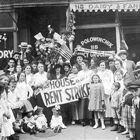
In the early twentieth century, immigrant tenant organizers made rent control laws a reality. Today, with new coalitions gathering strength and progressive lawmakers elected in Albany, working-class New Yorkers have a chance to once again strike a blow for housing justice.

The rezoning of northern Manhattan has exposed the failings of New York City’s top-down housing program, which puts the profits of landlords and developers over the rights of tenants.
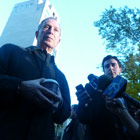
For all his differences with his predecessor, New York City mayor Bill de Blasio has inherited the same fundamental dilemmas that faced Michael Bloomberg—and much of the billionaire’s approach to resolving them.

In the wake of Hurricane Sandy, New York grassroots groups have charted an inspiring alternative to disaster capitalism.

Kim Phillips-Fein discusses her new book, Fear City: New York’s Fiscal Crisis and the Rise of Austerity Politics, and who killed the social-democratic city.
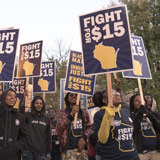
Now approaching its fourth anniversary, the Fight for $15 has transformed a magnetic labor rallying cry into a popular grassroots movement, making the once unimaginable the new normal and helping to put inequality at the center of national debate.
If there’s one issue that has dominated the left in recent years, it’s our belated recognition of the explosion of economic inequality in the United States. Most of us were aware of its growth through the Clinton and Bush years, …